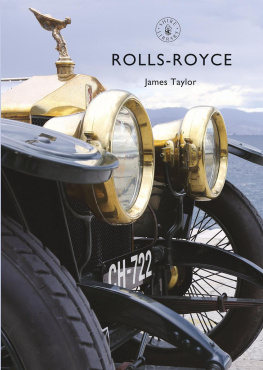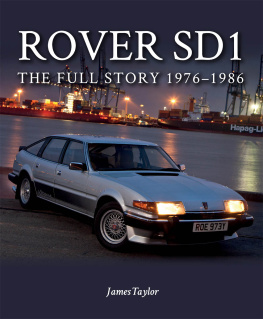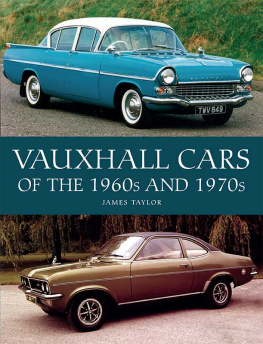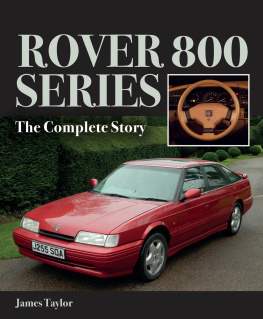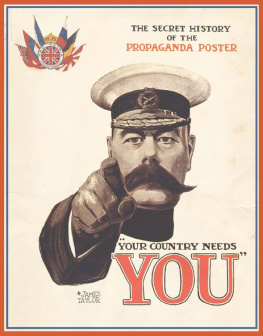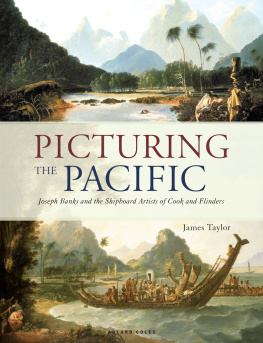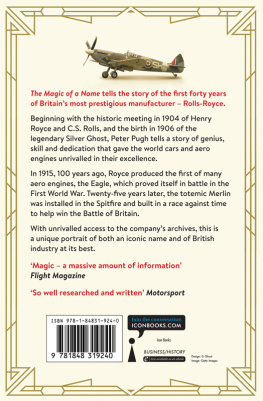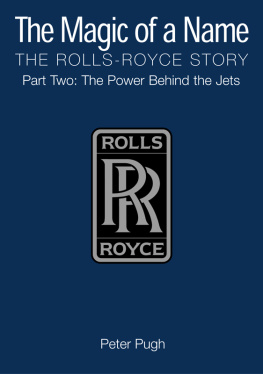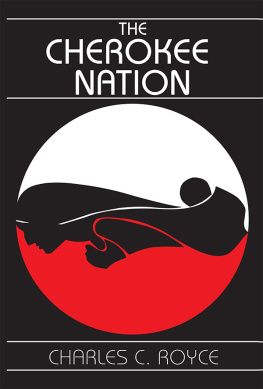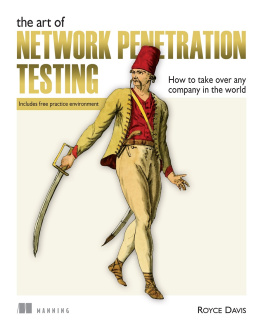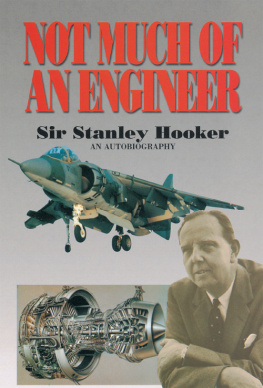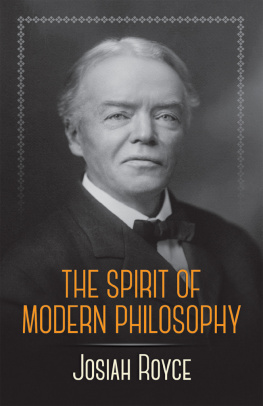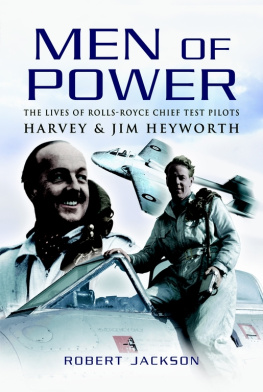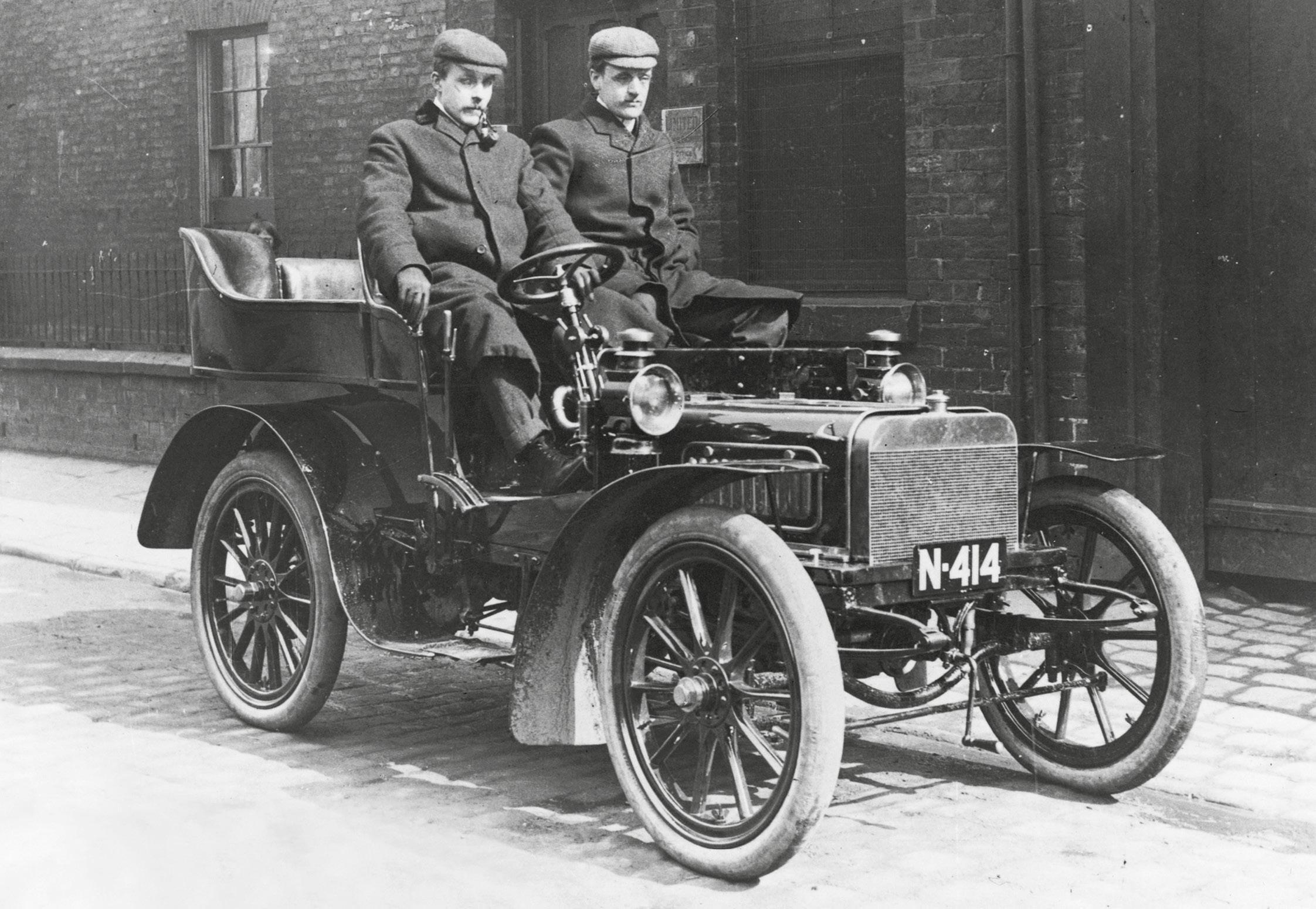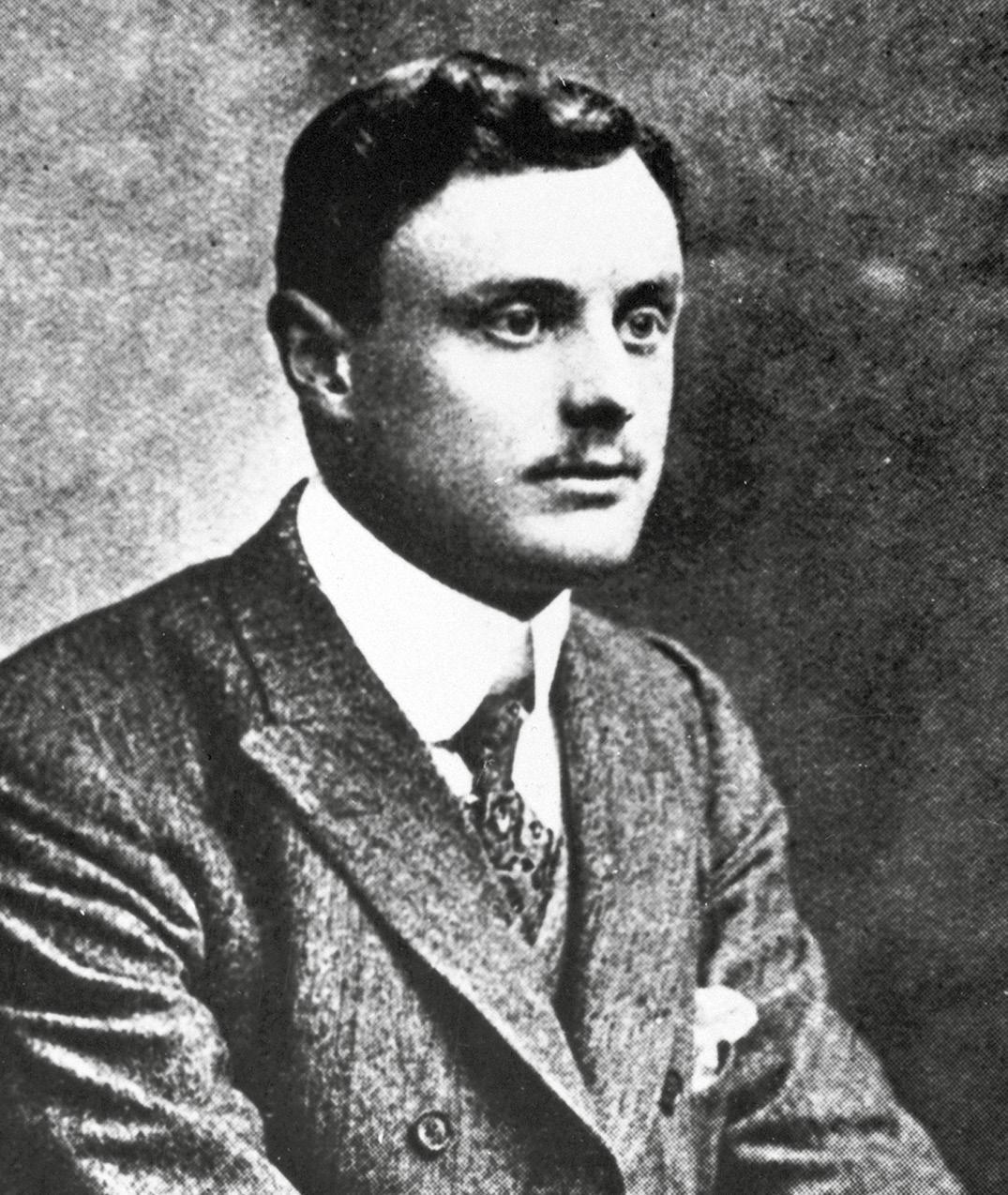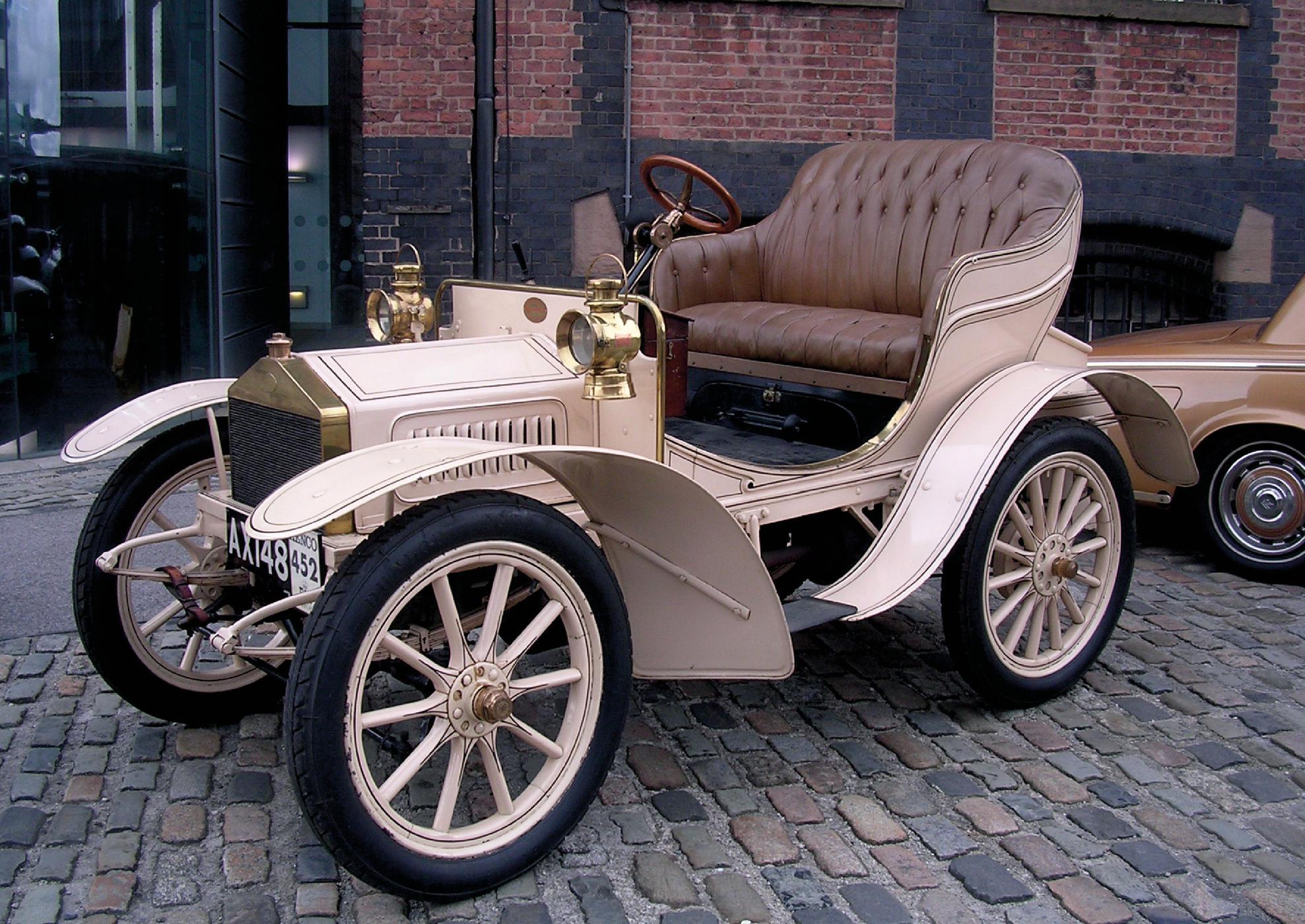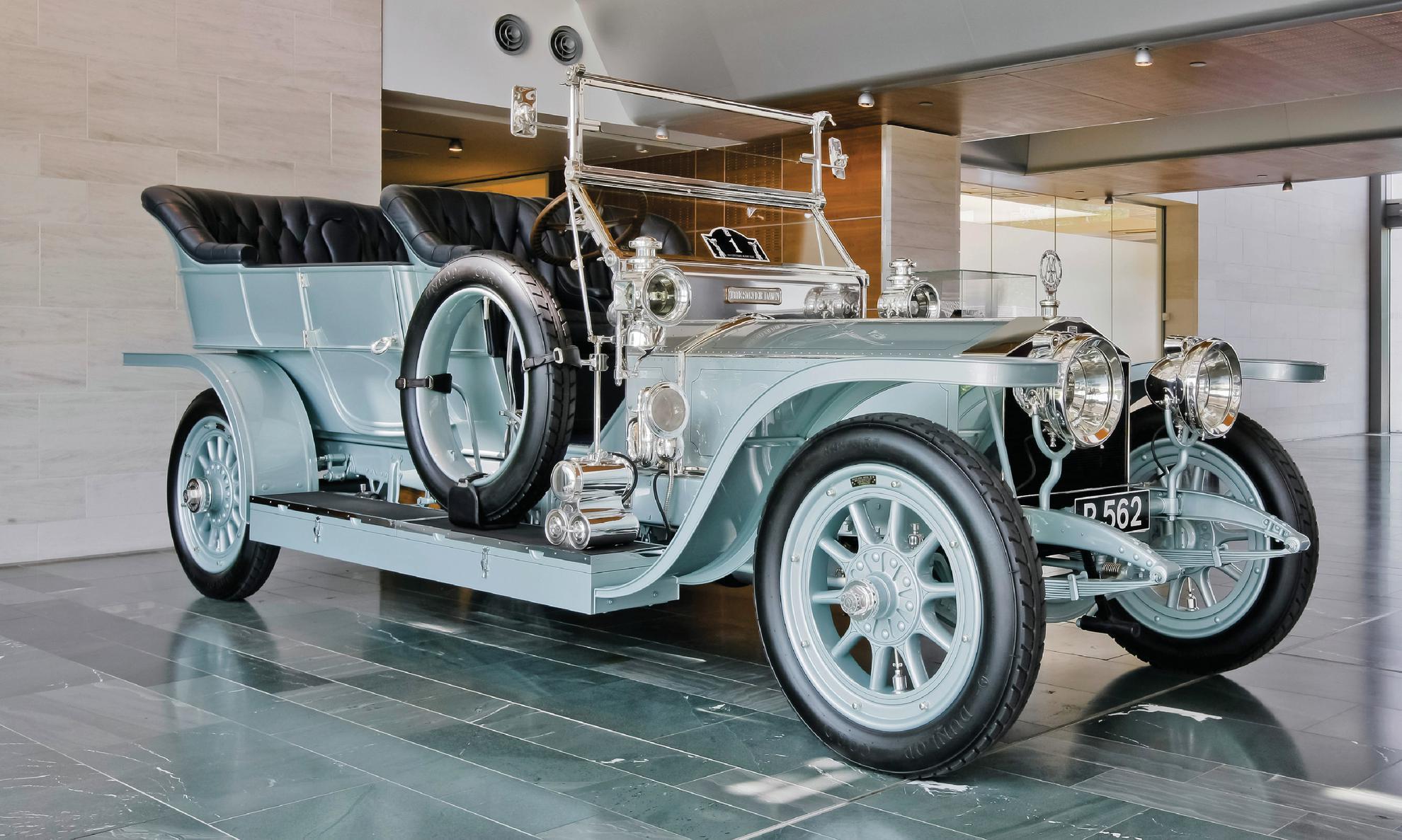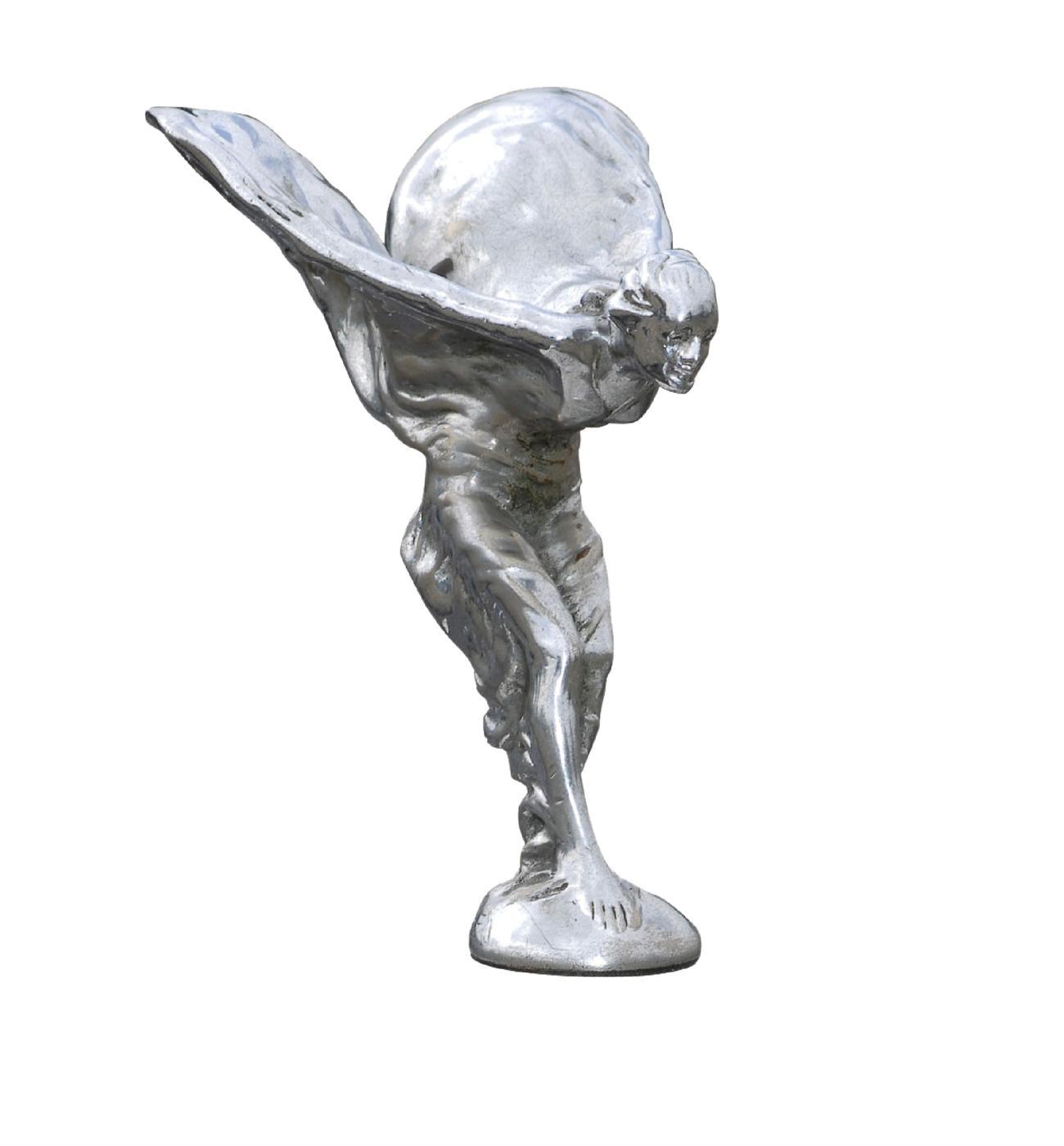EARLY DAYS AND THE SILVER GHOST
I n the earliest days of motoring, cars were the playthings of the very rich, and were few and far between. They were noisy and unreliable, too, and a successful Manchester engineer called Frederick Henry Royce was deeply disappointed with the second-hand Decauville 10hp that he had bought in 1903.
Henry Royce built three 10hp cars in 1904, and it was the excellence of their construction that attracted the interest of Charles Rolls. This was one of them, pictured at Cooke Street in Manchester in 1904.
Royce was able to buy the French-made car with money from the business he had set up as a young man of 21 in 1884. After training as a railway engineer, he had turned to making electrical items such as lampholders and bell sets, and later moved on to make dynamos and cranes. The business had expanded rapidly because of his insistence on quality and reliability.
He began tinkering with the Decauville, and by the end of March 1904 had designed a much-improved model and built it with the aid of his staff. On 1 April 1904, the first Royce 10hp completed a journey of 15 miles without incident. Two similar prototypes followed, and one went to Henry Edmunds, a director of Royce Ltd. Edmunds was an experienced motorist and, realising how good the new car was, he mentioned it to his friend, the Honourable C.S. Rolls.
Henry Royce ran an electrical business in Manchester before turning to cars. This picture shows him in later years; he was created a baronet in 1930 for his services to British aviation.
Charles Rolls was in business in London as CS Rolls Ltd with Claude Johnson, Secretary of the Royal Automobile Club, importing cars from the European continent. In May 1904 he travelled to Manchester to meet Royce and try the Royce 10hp for himself. There followed an agreement in December that CS Rolls Ltd would take all the cars Royce could build. There were two important stipulations. There was to be a range of four models 10hp, 15hp, 20hp and 30hp types, as defined by the RAC at the time and they should all be sold with the name of Rolls-Royce.
The Honourable Charles Stewart Rolls was in business as an importer of cars when he was introduced to Royce. Impressed by the quality of Royces 10hp experimental cars, he commissioned a range of cars from him, to be marketed as RollsRoyce models.
So Royce made arrangements for production, beginning with his existing 10hp design. He soon increased the size of its 1800cc twin-cylinder engine to 2000cc, and developed the larger models by scaling this up to provide the power that their bigger and heavier chassis needed. So the 15hp Rolls-Royce introduced in 1905 had a three-cylinder engine with 3000cc, the 20hp had four cylinders and 4000cc, and the 30hp had six cylinders and 6000cc. Although build quantities were small the 20hp proved the most popular, with forty sold in two years these chassis were very much appreciated by discerning buyers of the day. Clothed with bodywork to individual order by a coachbuilder of the customers choice (Rolls-Royce never would provide its own bodies before 1946), they represented the pinnacle of motor car engineering in their time.
This was the first production model from Rolls-Royce, a 10hp twin-cylinder car built in 1905. This example belongs to the Science Museum and is usually displayed in the Manchester Museum of Science and Industry.
Royces system of using common cylinder dimensions delivered the different sizes that CS Rolls Ltd wanted while avoiding production complications. However, Claude Johnson suggested that an ultra-silent town car to rival the electric town cars of the time might sell well. So in 1905, Royce produced a new engine with a 3500cc capacity and the V8 cylinder configuration then becoming popular in France for both car and aero engines. Three were built; just one was sold; but from this abortive experiment Royce learned lessons that were used on his later six-cylinder engines.
Sporting events provided car manufacturers with valuable publicity, and during 1906, Charles Rolls set about making the virtues of the Rolls-Royce motor car clear to the sports followers. In May, he used a 20hp model to break the existing record for driving from London to Monte Carlo despite an excessively long wait for a Channel ferry. In June, it was Claude Johnson whose 30hp was the only six-cylinder car to lose no points in the Scottish Reliability Trial. Then in September, Rolls won the Isle of Man Tourist Trophy race in a 20hp. December saw the 20hp introduced to the USA, and Rolls promoted it by winning a race trophy with one in New York.
In the meantime, two more important events had taken place. First, in March 1906 a new company called Rolls-Royce Ltd had been established to make cars, buying out CS Rolls Ltd (although Royces electrical company would remain active and separate until about 1933). Second, Royce had been working on an even better six-cylinder car model, and that had been introduced at the 1906 Olympia car show as the Rolls-Royce 40/50hp. The new seven-litre engine, with its cylinders cast in two blocks of three, was massively strong, with huge bearings and low mechanical stresses.
This magnificent 1909 40/50hp model has a Barker Roi des Belges body like that on the original Silver Ghost of 1907.
Available initially with both short and long chassis to take different types of bodywork, the 40/50 had simply outstanding silence and refinement in operation, and an example was prepared as a demonstrator. Claude Johnson had it painted an aluminium colour with silver-plated fittings and christened it the Silver Ghost to emphasise its silent running. This car ran with complete success in the 1907 Scottish Reliability Trials and immediately afterwards was driven between London and Glasgow 27 times a formidable feat for a car of any kind in those days.
The reception accorded to the new 40/50 model was unprecedented. Autocar magazine called it the Best car in the world, an accolade that Rolls-Royce adopted as an advertising slogan. So during 1907, the company followed Claude Johnsons recommendation to end production of all its older models and focus entirely on building the 40/50 to the highest possible standards. Just over a hundred Rolls-Royce cars of other types had been made, but it was the 40/50 that really established the companys reputation worldwide. Today, the model is often referred to as the Silver Ghost, but in fact that name belonged only to the original factory demonstrator until 1925, when Rolls-Royce accepted it to distinguish the 40/50 from its replacement model.

